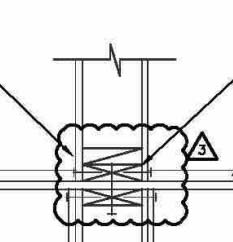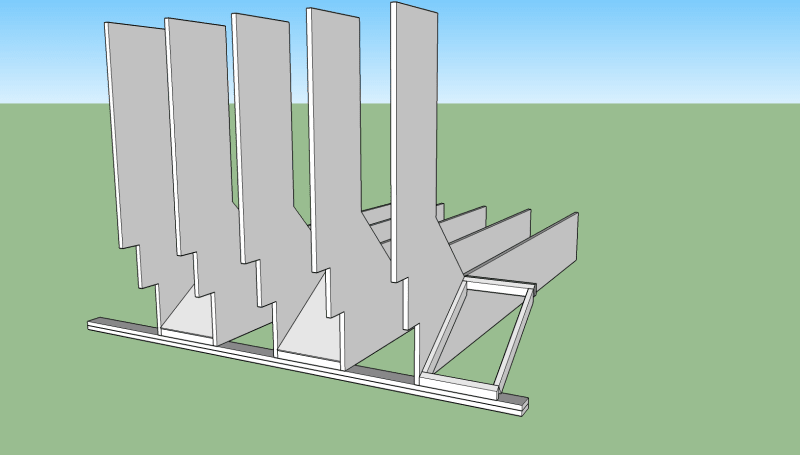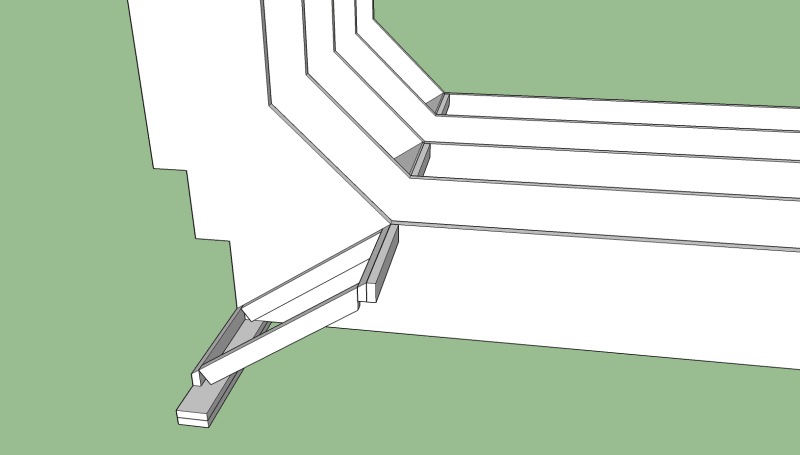Say the attached is the upper part of a wall section (cut on the long side) of a 50' x 30' rectangular single-story building . There is a 15-ft long shear wall in the middle, so collectors are required to get the diaphragm shear into the shear wall. There is a magnificent parapet, which is partially supported by the vertical web extension of the roof truss and so the roof sheathing is not continuous to the wall sheathing. If we add blocking between the trusses, and nail the roof and wall sheathing to the blocking is that enough? How badly do we want continuous strapping over the roof and/or wall sheathing into the blocking? Are we worried about the trusses racking?
All thoughts are extremely welcome.
All thoughts are extremely welcome.



